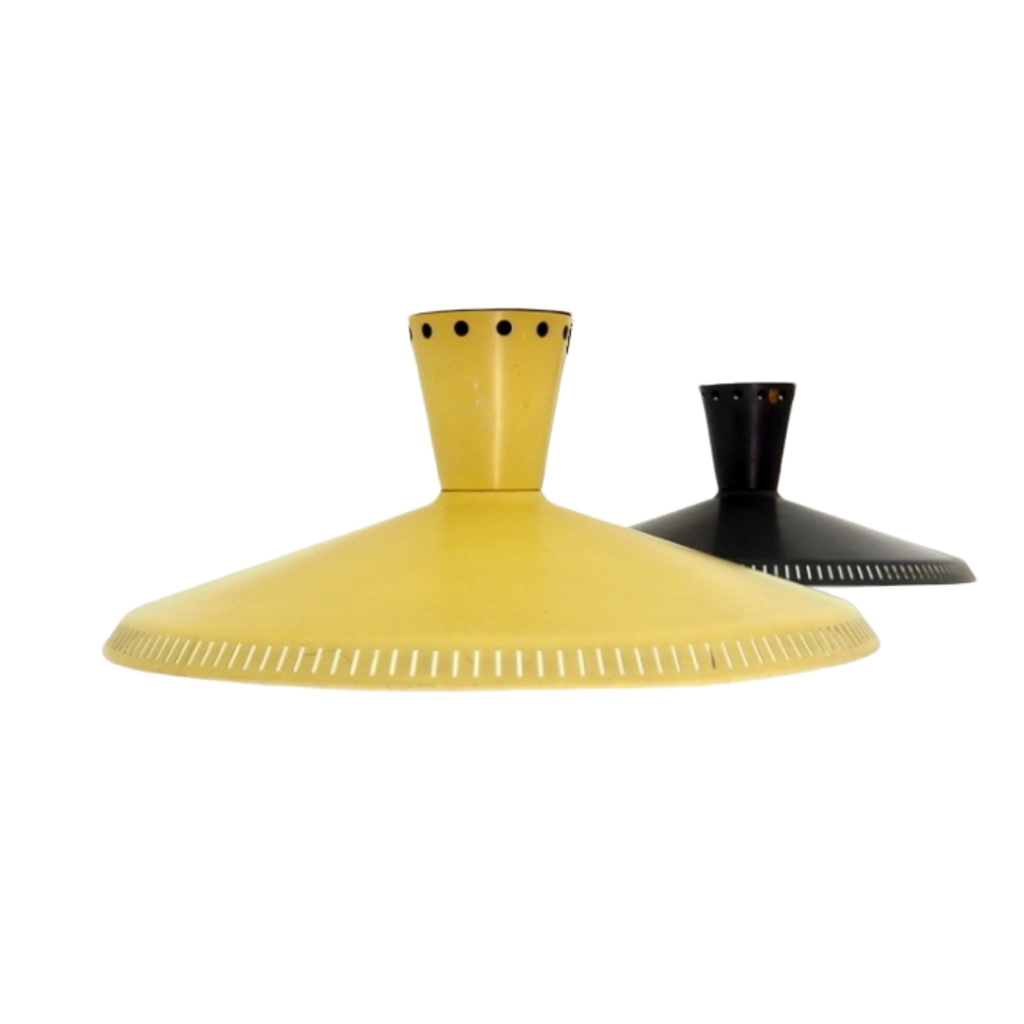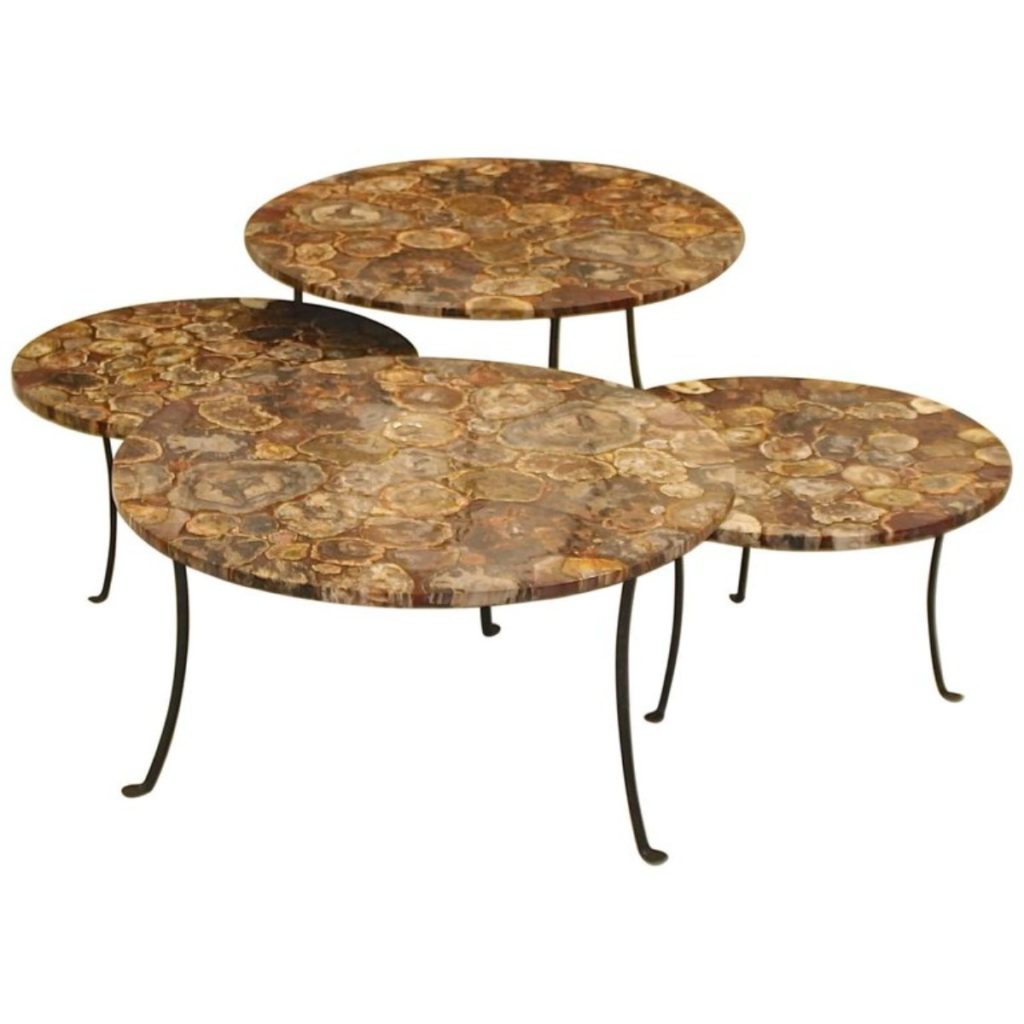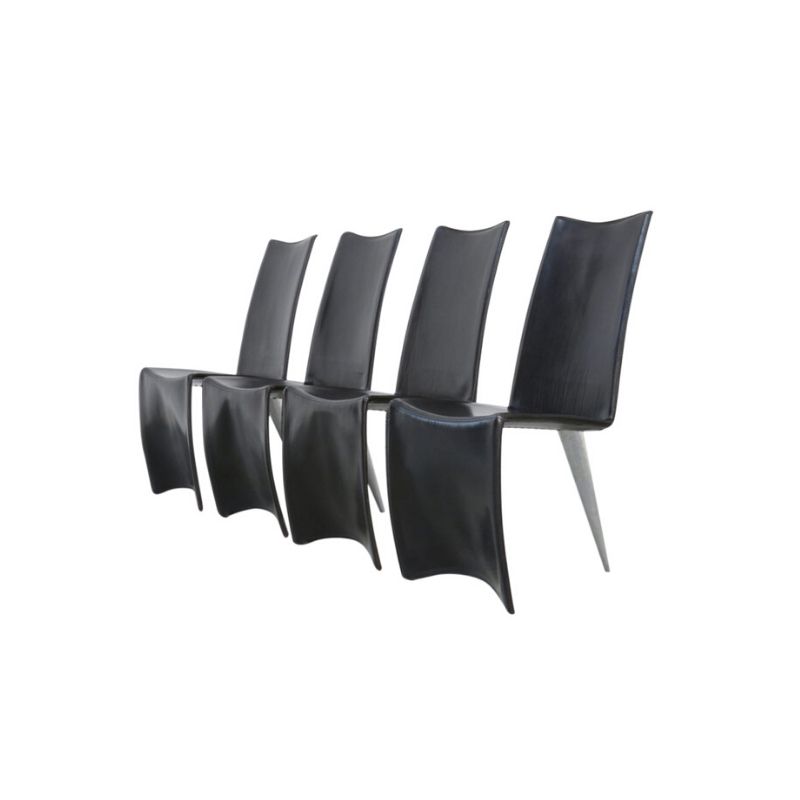Don't support makers of fakes
There are so many companies now which make copies of classic
Furniture items, but the real point is that these companies are stealing the intellectual property of the original designers and destroying the integrity of the original object by making inferior products.
Making fakes of designer furniture is unethical and people who support this industry should know that they are also ripping off designers. Whether it's a knockoff handbag, perfume or chair, we should do our best to encourage others not to take part in this practice.
In Australian major cities the fake eames lounge and arco lamp are now ubiquitous in display apartments, and one quick look is all it takes to see that the quality of the finish reveals a lack of craftsmanship. Fakes are generally made of substandard materials, many of the chairs are lighter and the timbers used are often simply stained to imitate the look of more expensive timbers. But I know that most on the forum do not support fakes, but these fakes are making it harder for emerging collectors to identify original designs. Also, people who buy the fakes don't get to experience the quality of the original object.
What you don't get with a fake is a link to the history of an object. I recently bought a Robin Day 658 lounge chair and i love the story behind the chair and its connection with design history, etc.
I would never....
encourage anybody to buy anything else but an original, but...(and I have said this many times on this forum) your statement: "but the real point is that these companies are stealing the intellectual property of the original designers...is not correct. There are numerous designs including many of those discussed on this forum that are in the public domain. To suggest otherwise is just not knowing international laws and conventions. To say that:...Making fakes of designer furniture is unethical and people who support this industry should know that they are also ripping off designers...is simply inventing unexisting ethical standards. There is nothing unethical about copying a design that is not protected anymore under the different legislations on intellectual property. Intellectual property is an invention of the legislators, not an ethical or moral question and the legislators have made laws that make copies legal when the period of protection of a particular design has expired.
Fakes and ethics part 2
I am aware of copyright laws and that many midcentury designs are
no longer protected by such copyright, and therefore they are open to copying by companies, but many ripoffs are still very much protected by copyright and the market for these fakes is driven by the consumer. And just because something is out of copyright, is that a good enough reason to copy a designer's work?
I believe that it is very much a question of ethics when someone decides to ripoff a designer's IP in order to make a quick buck. A recent batch of fake Kartell floating around Australia is a a case in point. Ethics also come into play when fakes are sold as originals to newbie collectors. This situation happens frequently in online auctions.
There is of course a big difference in a re- edition made under license vs. a crappy copy. Fakes are not good for collectors and bad fakes in particular are an insult to the integrity of the original design. I fail to see how stealing someones intellectual property is ethical, but in a world littered with fake Gucci, Alessi, Starck, etc, I think it's worth having this discussion.
...and above and beyond!
...and above and beyond! I just couldn't put my arse on anything but the original no matter how long it took me to save the money but then that's in my opinion
It took me 15 years to buy my ball chair and nearly the same to buy my submariner. And should shit-hit-the-fan I can get my money back reselling them
The real deal
I have seen knockoffs of the Take lamp and crappy knockoffs of Starck plastic chairs. I couldn't agree more about saving up to buy the real deal. After all, we are just caretakers of this stuff and having an opportunity to restore or look after these pieces can really give so much pleasure.
At the end of the day we all have to make choices and it's simply my choice to only buy original pieces. It's good for the planet, good for the designer and good for collectors.
On that note I will let everyone get back to talking about the original topic of this thread, how to tell fake from real.
Cheers,
Tick.
P.S. BTW Ball I take my hat off to you because 15 years is real commitment, but I know that it's worth every cent. Enjoy!
thanks tick
i couldn't...
thanks tick
i couldn't agree more with you....but i'm not so green-minded as i probably should be
the caretaker comment is interesting because if anything else my daughters can say 'well at least my dad knew how to invest'
i know the starcks and the take's you are talking about...forgot about those
but we're all different...but as i said before this forum is for like minded design followers/participators
unenlighted arrogance,
but nobody cares about the story of a chair. I have a story, its called the production cost to mark up value on a herman miller chair, lets see how we do
(2) 8x10 sheets of single ply (aka skatebard wood)
() $ 11.00 the veneer 22.00
glue, 2.00 ,
Edleman leather about 100.00
hardware 50.00
cushions 30.00
shipping 50.00
veneer 30.00
labor(5)hrs x 25 125.00
the woods pressed cut and by machine lathes. ( the santos rosewood was cheap to supply back in the day thats why now its considered rare no thanks to Herman Miller
Its not art its just a cool chair that people want.
There are fakes and there...
There are fakes and there are knock-offs. There is a difference. A fake is a product that is being sold as something other than what it is whether it be furniture, purses, shoes, etc. An example would be someone selling a Burke pedastal table as a Sarineen or someone selling copies of Burberry purses as the original thing. A knock-off is a product designed after another product but not trying to sell itself as the product it is designed after. For example, selling a Burke pedastal table as a Burke table is not a selling a fake. The person is making sure that the person knows it is not an original Sarineen but a knock-off.
Personally, I saved my money for the original tulip table, but they are alot more expensive and someone on an extremely tight budget might go for the Burke. Not everyone can afford an authentic Sarineen table. Does that mean that they should just give up hope of ever having any mid-century modern furniture? I think people should buy what they can afford. I don't want to see people collapsing into debt to buy furniture they can't afford because someone else has made them feel scum for buying a knock-off.
Here are photos of my plycraft/eames/fake? ( 🙂 ) chair with attached/built-in footrest. I love this chair, whatever the maker, and I am about to replace a couple of parts from the modern science website. However, I have no idea if it is Plycraft, Charlton, etc. in order to get the parts.
I know the chairs with the footrests are a bit more difficult to find, so I am just looking for info - knockoff?
A few noticeable differences include the armrests (which are not upholstered), the proportion of the chair (not genuine eames I assume), along with the screws seen from the exterior. The fabric is perfect (and not cheap at all), but as you can see it has a couple of scuffs in the wood on the back.
Thanks for any info you can provide so I can go further on the restoration. Knowledgeable group here!

If you need any help, please contact us at – info@designaddict.com









